Thigh liposuction usually includes both sides of the buttocks, and the specific range is determined according to individual needs and doctor's advice. Liposuction surgery aims to remove stubborn local fat and improve body contour, but attention should be paid to surgical risks and postoperative care. Surgery is suitable for individuals with significant fat accumulation in the thighs and buttocks that is difficult to improve through diet and exercise.

1. Scope and purpose of thigh liposuction. The thigh liposuction surgery mainly targets the accumulation of fat on the inner, outer, front, and back sides of the thigh. If there is a lot of fat on both sides of the buttocks, doctors may recommend simultaneous hip liposuction to achieve overall coordination. Liposuction surgery is not a weight loss method, but a shaping method, suitable for people with stable weight but difficult to eliminate local fat.
2. Preoperative evaluation and preparation. Before performing thigh liposuction, doctors will evaluate the patient's fat distribution, skin elasticity, and overall health condition. Routine examinations such as blood tests and electrocardiograms are required before surgery to ensure that the patient's physical condition is suitable for the procedure. Patients need to stop taking anticoagulant drugs in advance and quit smoking and drinking to reduce the risk of surgery.

3. Surgical process and precautions. Thigh liposuction is usually performed under local or general anesthesia, where doctors insert a thin tube through a small incision and use negative pressure to remove fat. The surgery takes about 1-3 hours, and after the surgery, it is necessary to wear shapewear to help the skin contract and recover. Normal reactions such as swelling and bruising may occur after surgery. It is necessary to take anti-inflammatory drugs according to medical advice and avoid vigorous exercise.
4. Postoperative care and recovery. Avoid standing or sitting for long periods of time within 1-2 weeks after surgery to avoid affecting blood circulation. Keep the wound clean and dry, and have regular check ups. Diet should be light and avoid high salt and high-fat foods. Eat more foods rich in protein and vitamins to promote wound healing. During the recovery period, patience is required, and the final effect usually appears after 3-6 months.
5. Surgical risks and precautions. Although thigh liposuction is safe, there are still certain risks, such as infection, hematoma, and uneven skin. Choosing experienced doctors and reputable medical institutions is crucial. After surgery, it is necessary to strictly follow medical advice to avoid complications caused by improper nursing. For individuals with significant weight fluctuations or severe skin laxity, liposuction may not be ideal and should be carefully considered.
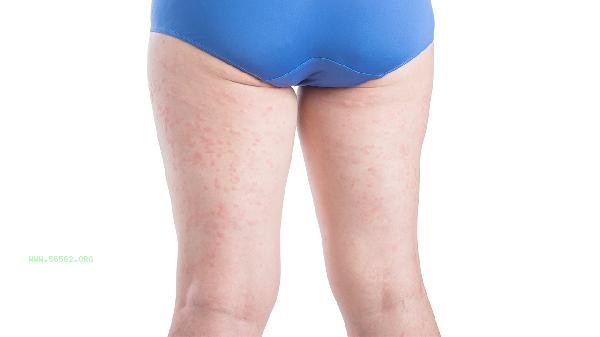
Thigh liposuction includes both sides of the buttocks, but the specific scope needs to be determined through communication with the doctor based on individual circumstances. Although surgery can improve local fat accumulation, it is not a universal solution. After surgery, it is still necessary to maintain the effect through healthy diet and moderate exercise. Before choosing surgery, it is important to fully understand the surgical risks and postoperative care to ensure both safety and effectiveness.

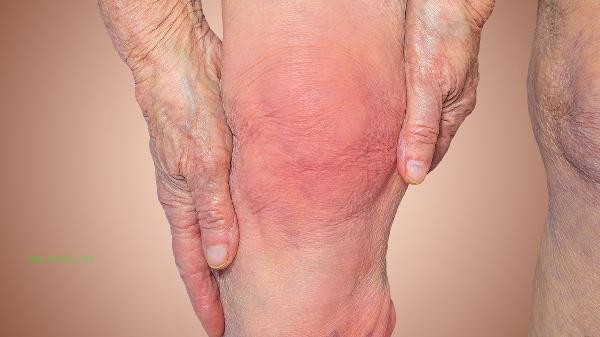
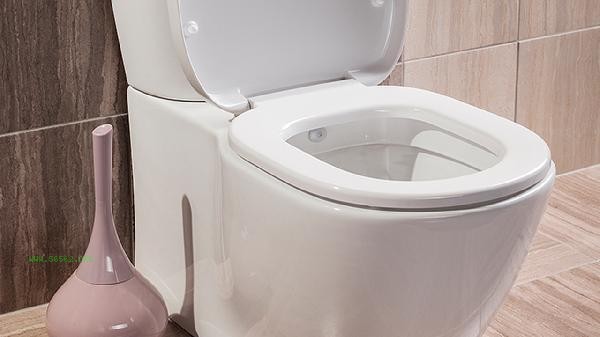
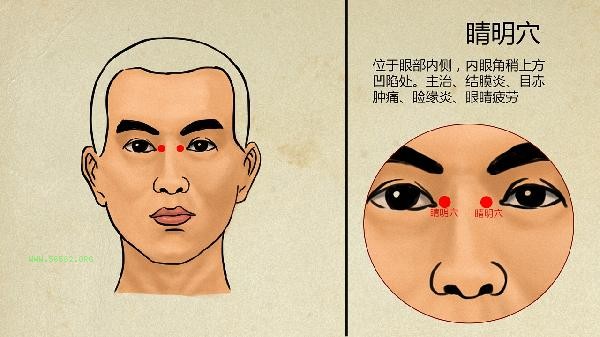

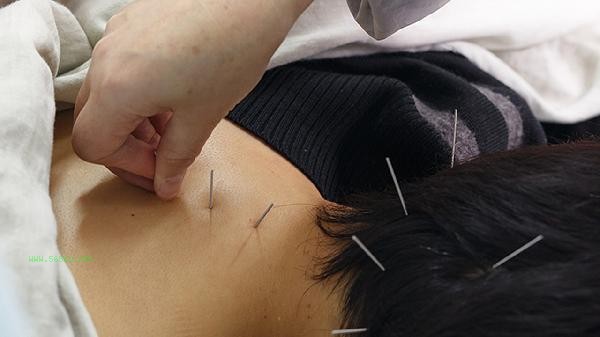


Comments (0)
Leave a Comment
No comments yet
Be the first to share your thoughts!